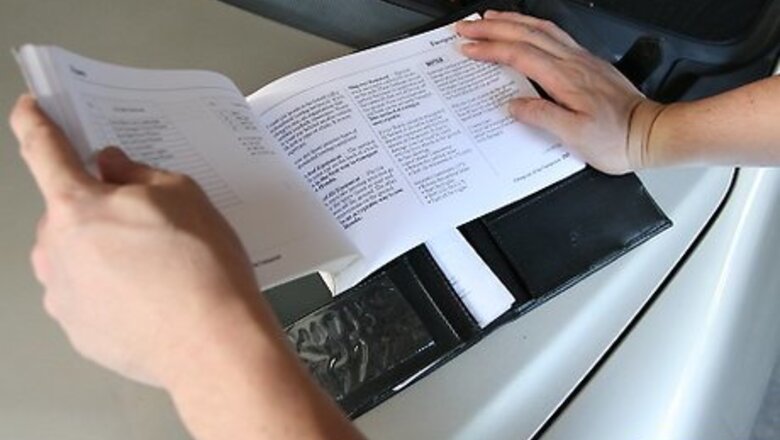
views
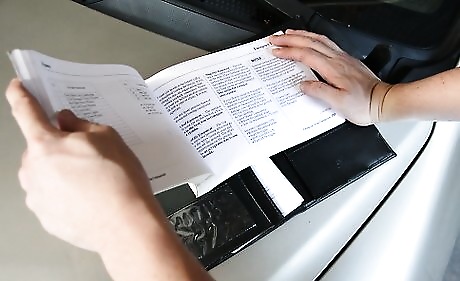
Read the car's manual and schedule maintenance accordingly. Keeping up with your car's recommended maintenance schedule can help avoid costly problems with your cooling system, drive train, suspension and other components; following the recommended schedule also helps ensure you the get the full benefit of the manufacturer's warranty.
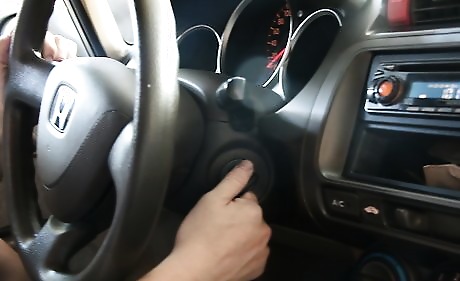
Drive less. Especially, avoid short journeys. Cold starts are hard on engines, your gas mileage, and the environment. Short journeys can also significantly shorten the life of your muffler. Basically, you get condensation in the exhaust when you start a cold engine, and if you don't run the car for long enough to evaporate all of the condensation out of the system, excessive amounts of water can accumulate in your muffler, and rust a hole through it. Avoid starting a cold car just to pull it into the garage, for instance. Consider walking to the nearest store for a change. Combine short errands, and, if you have multiple vehicles, drive the one more recently driven when you go out again. Do drive a car at least every week or so, since cars that sit for longer than a week or two at a time have other problems, such as fluids gradually draining out of systems. Consult a mechanic if you will store a car for an extended period.
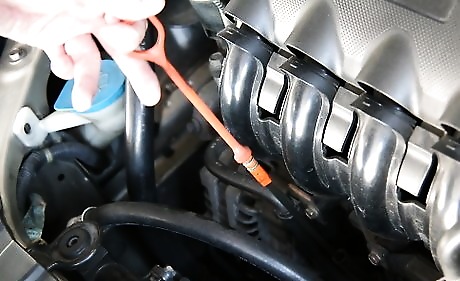
Check the fluids: You should check the level of your anti-freeze, oil, transmission fluid, power steering fluid, and brake fluid regularly. A good time to do so is when you refuel. Even if your car doesn't leak fluids at the moment, one can occur at any time and you can identify it by checking the fluid levels often. You should also check the color of some of these fluids. Some of these have see-through plastic tanks that you can look through, and some have dipsticks. Anti-freeze should be either pink, green, or yellow (Pink for newer cars with "Dex-Cool", green for old cars with plain Ethyl-Glycol, and green or yellow for cars that have been flushed and filled with universal antifreeze...brown antifreeze should always be flushed, it either has rust or a lot of dirt in it, probably both. Also, never mix different kinds of antifreeze; if you don't know what color antifreeze your car has, buy a universal brand. Oil will normally be slightly clear (when new) to brown. Oil that looks white and milkshake-like may be contaminated with antifreeze/coolant or very rarely, just a large amount of condensation. You should take your vehicle in for service soon if this is the case. Transmission fluid should be bright red, and should not smell burnt. If it looks or smells burnt, have your transmission fluid flushed. Letting it get too bad can damage your transmission. There's also a chance that you may have an internal transmission problem, especially if you are having problems with shifting or engaging in gears.

Change the oil regularly. This will improve your gas mileage and protect your engine. The recommended mileage between oil changes is 3,000 - 5,000 miles (or 5000 - 8000 kilometres) or every three to six months, depending on the type of oil you use and your driving conditions. Doing this could make it possible for your vehicle to attain 200,000 miles (or about 320,000 kilometres). Change the oil filter at the same time; there is no sense in putting clean oil through a dirty filter, and filters are very cheap and available at any auto parts store. If you're unsure how often to change your oil, check your car's owner's manual or contact the dealer for your car's make. In general, conventional oil and harsh driving conditions (like short trips, taxi/police/delivery use, extreme weather, heavy loads) will require more frequent oil changes than fully synthetic oils and light driving conditions.
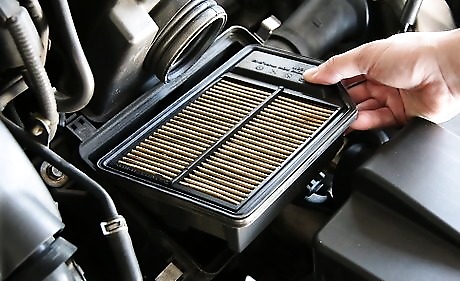
Change the air filter. This is something you can do easily at home with few or no tools. A screwdriver may be required. You can buy a matching filter at nearly any auto parts store and your owner's manual will show you where your air filter is located. A dirty, dusty filter can slightly hamper gas mileage and make your car accelerate poorly.
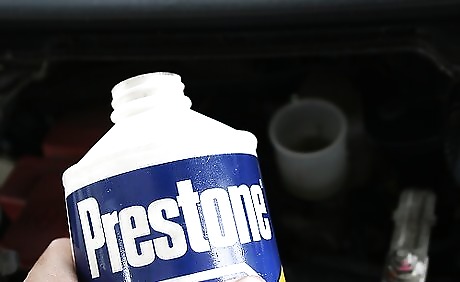
Flush these fluids every two years: power steering fluid, brake fluid, and cooling system anti-freeze. Check this timetable against your owner's manual. Newer cars generally allow longer intervals between changes. Change transmission fluid & filter at least every 50,000 miles (40k to 45k is even better). Older fluids don't lubricate and cool parts as well as fresh fluid and may leave your car unprotected in severe conditions (for example, old anti-freeze may not perform well in a very cold winter).
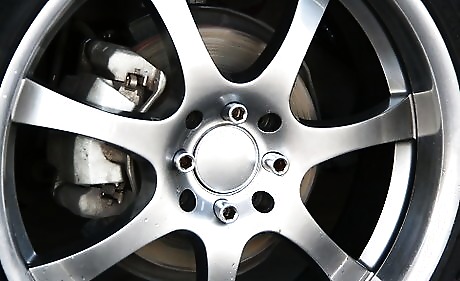
Monitor your brake pad thickness and don't let the pads wear down to metal. This will cause damage to your brake rotors ("discs") at least and possibly your calipers as well. Rotors and calipers are much more expensive to replace than pads. There is no such thing as "cleaning" a brake pad while it is still on a car - the friction between the pad and rotor will eradicate any outside substance almost immediately.
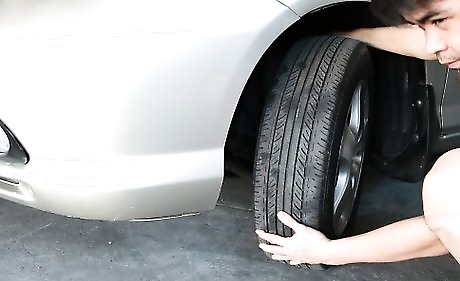
Rotate the tyres. Changing tyre position is very important and reduces uneven wear and tear on the tread, thus extending the life of the tires. The recommended rotation cycle is twice a year or every 6,000 - 7,500 miles. Rotate them diagonally - front right to rear left and front left to rear right. However, this pattern can change depending on the drivetrain of the vehicle, and the type of tyre. Your vehicle manual will contain detailed rotation information. Keep in mind some tyres (especially on sports cars) are directional and are meant to spin only one way. They will have a large arrow on the sidewall to indicate this.
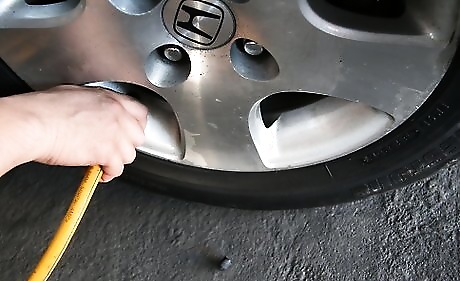
Keep the tyres inflated. Under-inflated tires can reduce the tire life by 15% and will slightly decrease your gas mileage, perhaps by 10%. Inflating tires is perhaps the easiest of all activities, and many stores sell tire gauges for a very small cost. Checking your tire pressure every other time you get gas will reduce tire wear and prevent these issues. Monitor your tyre tread with a penny. Insert the penny into the tread with Lincoln's head down. If the top of his head is not obscured by the tread, your tyres need to be replaced. Basically, if you can see all of Lincoln's head, you must replace your tires.
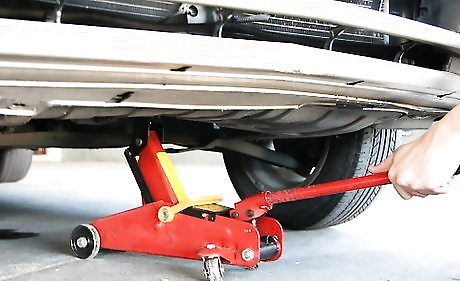
Keep the front end aligned. If you notice your car shaking while driving at high speeds (not while braking - shuddering while braking indicates warped rotors), or if your tread is wearing unevenly, then you may need an alignment. This is also key to extending the life of your tyres and will keep the tread even for increased safety.
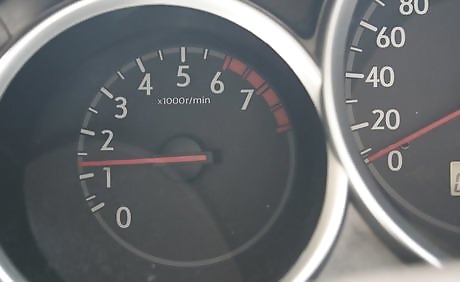
Get your car off to a good start every time you drive it. Start the car and drive off slowly and gently until the car reaches operating temperature (known as closed loop). This reduces the strain on the engine while the oil is still cold and thicker. Another option is to use electric engine space heaters, and start the drive with a warm engine. Accelerate promptly to the target speed. For most modern cars, idling a cold engine is both counterproductive and wasteful. Additionally, as you accelerate, release the accelerator a little to cause the automatic transmission to upshift while you are not pressing hard on the gas. This causes less wear on the internal clutches. It is easier on the clutches for the car to shift when you ease up on the gas.
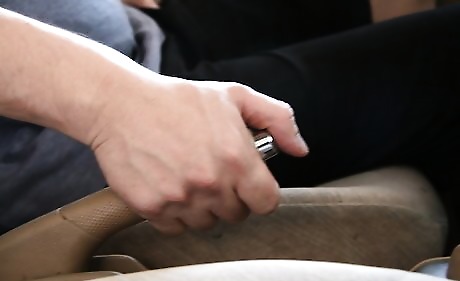
Use your handbrake. Even if you are driving a car with an automatic transmission, use your handbrake regularly, especially if you're parked on an incline. It helps keep the brakes adjusted in the rear of the car and makes them last longer. Do not use your handbrake in the wintertime because your brake will freeze and it will be stuck until it thaws out.
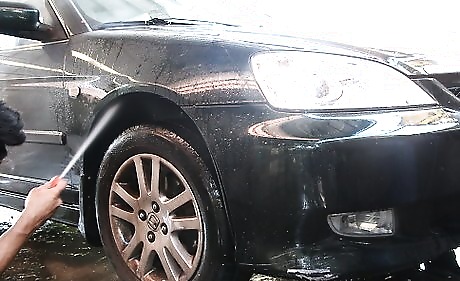
Wash your car: Road salt, sludge and pollution can lead to costly body work. Without regular cleaning, you can start to notice rust on the bottom of your doors within four years. Another three to four years and the corrosion will creep to underbody components, like brake lines. It can cost thousands in rust-related repairs if you neglect to wash your car, especially near ocean/gulf shorelines where the road sand or morning dew might be salty.










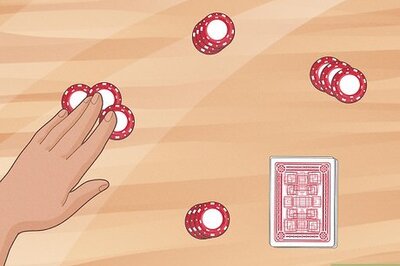









Comments
0 comment